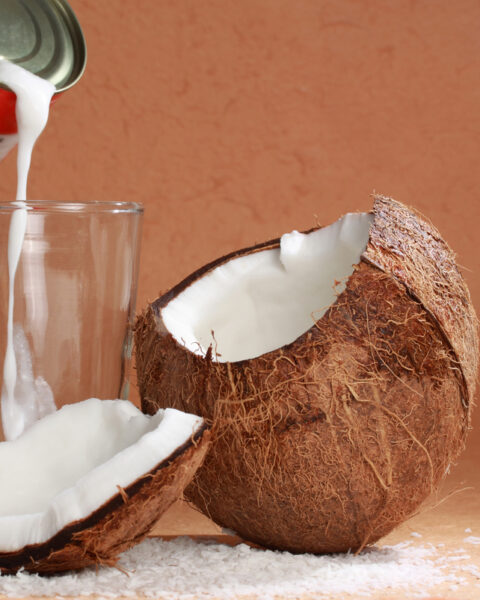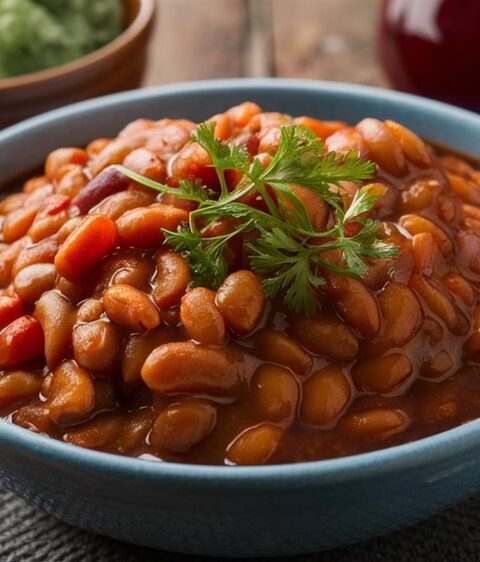We’ve all been there—stuck in a conversation where everyone raves about a certain dish that you secretly can’t stand. Some foods earn their place in our diets not because they’re delicious, but because they carry a certain social cachet. Whether it’s due to tradition, health trends, or sheer peer pressure, some dishes are more about appearances than taste. Here are some foods that people often pretend to enjoy.
Contents
- 1 Kale
- 2 Caviar
- 3 Quinoa
- 4 Tofu
- 5 Blue Cheese
- 6 Green Juice
- 7 Sea Urchin (Uni)
- 8 Chia Seeds
- 9 Durian
- 10 Black Licorice
- 11 Matcha
- 12 Oysters
- 13 Acai
- 14 Kombucha
- 15 Wheatgrass
- 16 More From RetailShout
- 17 6 New and 10 Returning Items Of The Week At Trader Joe’s (10/14 – 10/21)
- 18 9 ALDI Bargains Under $4 You’ll Want to Stock Up On
Kale
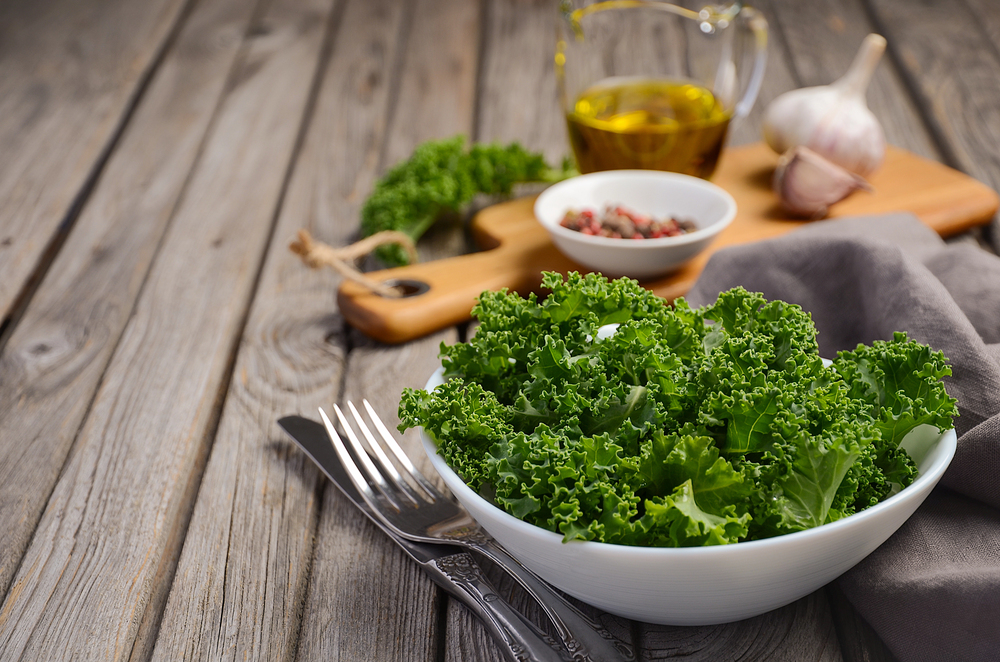
Kale has been touted as a superfood, but its bitter taste is not for everyone. Despite its health benefits, many people find its texture tough and unappetizing. Often used in smoothies and salads, kale can be hard to enjoy without drowning it in dressing or blending it with sweeter ingredients. It’s a classic example of a food people eat to feel virtuous rather than for its flavor.
Caviar
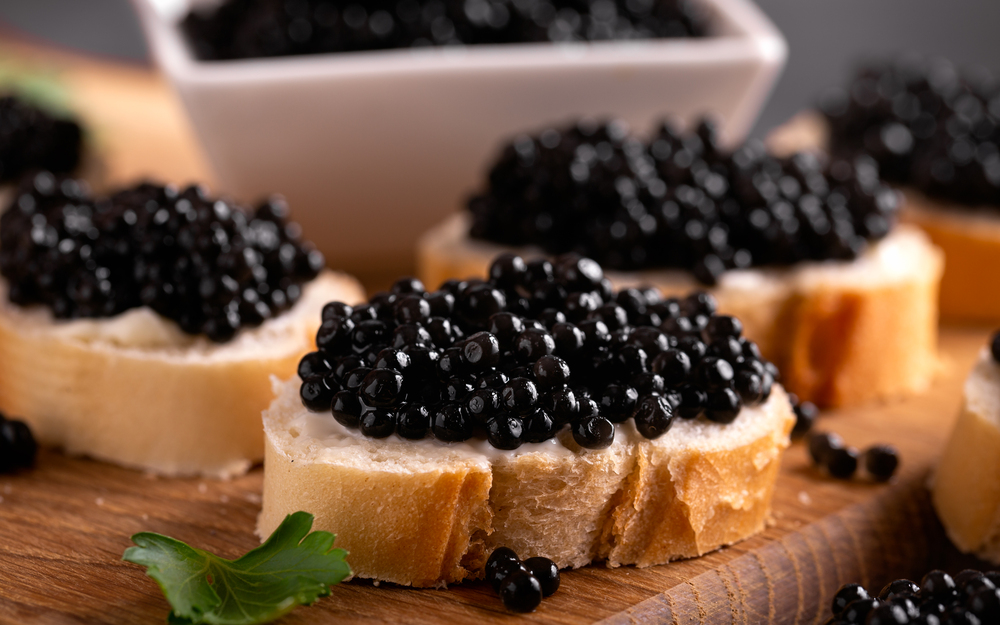
Caviar is synonymous with luxury, but its taste can be quite polarizing. The salty, fishy flavor isn’t appealing to all palates, yet it remains a status symbol at high-end events. Many people consume it for the prestige rather than genuine enjoyment. Its high price tag often overshadows the actual eating experience.
Quinoa
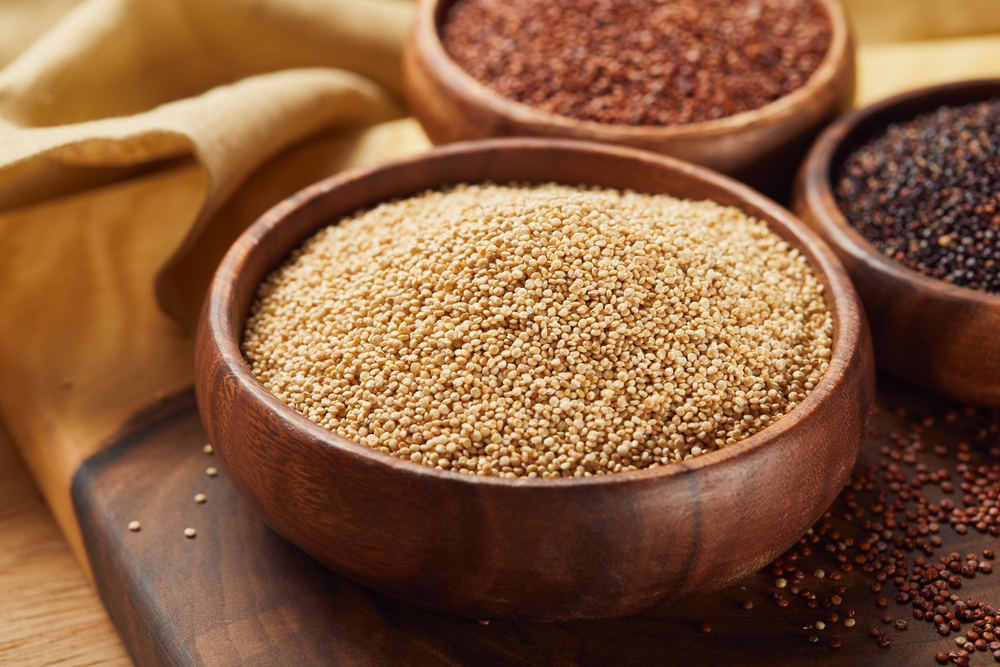
Quinoa has become a staple in health-conscious diets, praised for its protein content. However, its bland taste and grainy texture can be off-putting. Many people eat it because it’s considered healthy, not because they find it delicious. It often needs significant seasoning or additions to make it palatable.
Tofu
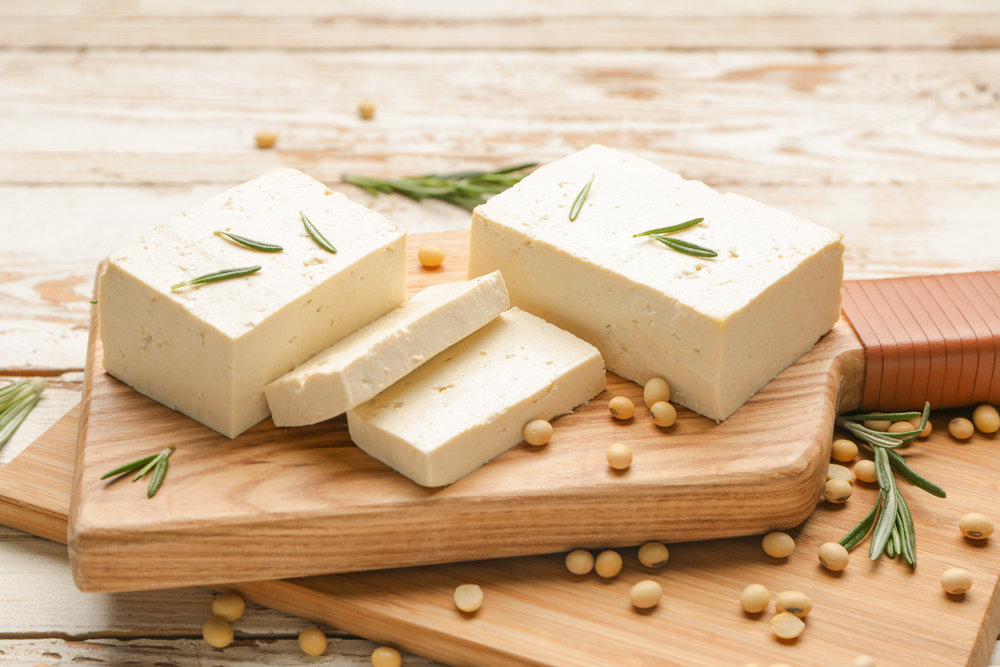
Tofu is a versatile ingredient in many vegetarian and vegan dishes, but its plain flavor can be unappealing. Without proper seasoning, tofu is often bland and lacks texture. People consume it mainly for its health benefits and protein content. It’s more about the dietary choice than the enjoyment of the food itself.
Blue Cheese
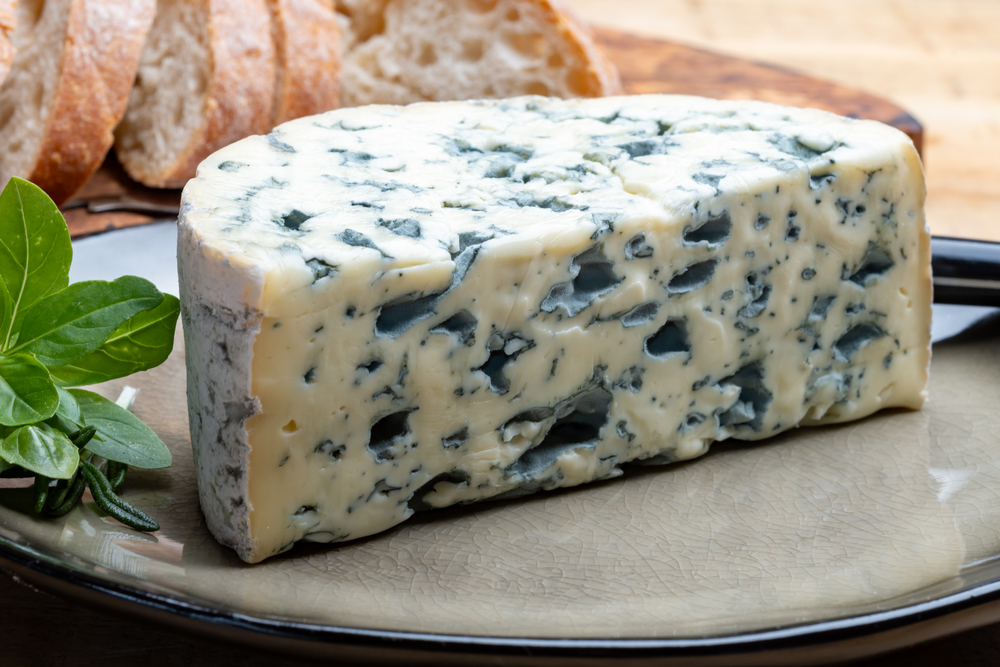
Blue cheese is beloved by many, but just as many people find its strong, pungent flavor off-putting. The moldy veins that give it character are a major turnoff for some. Despite this, blue cheese often appears on sophisticated cheese boards. Many people eat it to appear cultured rather than for its actual taste.
Green Juice
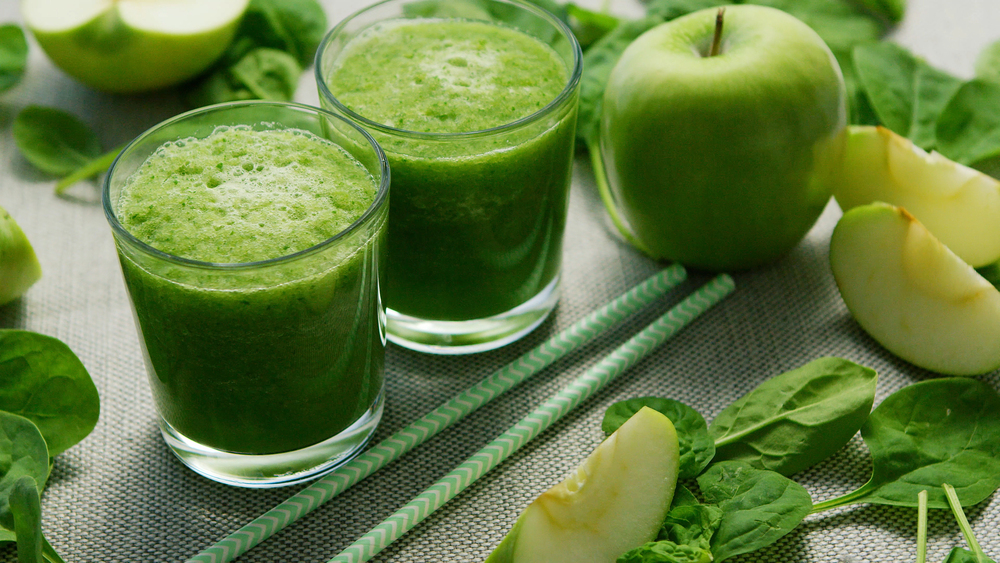
Green juice is marketed as a health elixir, packed with nutrients from various vegetables. However, its grassy, sometimes bitter taste isn’t exactly enjoyable for everyone. Many drink it because it’s seen as a quick way to boost health rather than for the pleasure of the flavor. It’s often more about the health benefits than the taste experience.
Sea Urchin (Uni)
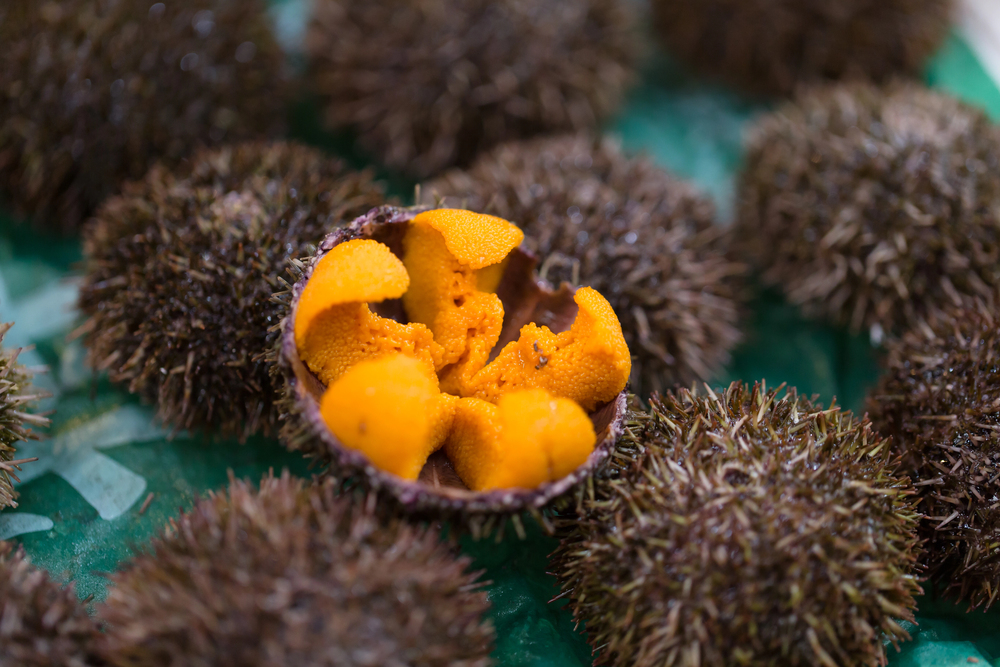
Sea urchin, or uni, is a delicacy in many sushi restaurants, known for its creamy texture and oceanic flavor. However, its briny taste can be too much for some people. Many try it to seem adventurous or sophisticated rather than because they genuinely enjoy it. Uni is often more appreciated for its novelty than its flavor.
Chia Seeds
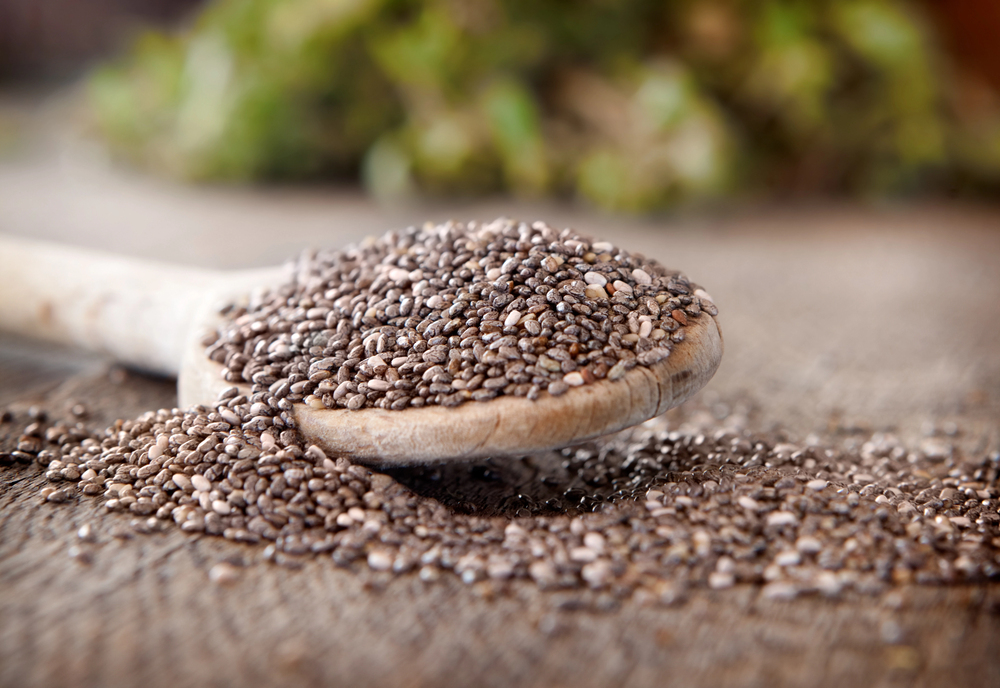
Chia seeds are popular in health foods, especially in puddings and smoothies. While they’re praised for their nutritional benefits, their slimy texture can be unappealing. People often consume chia seeds for their supposed health benefits rather than their taste. They’re more about adding nutrients to a diet than enjoying a delicious food.
Durian
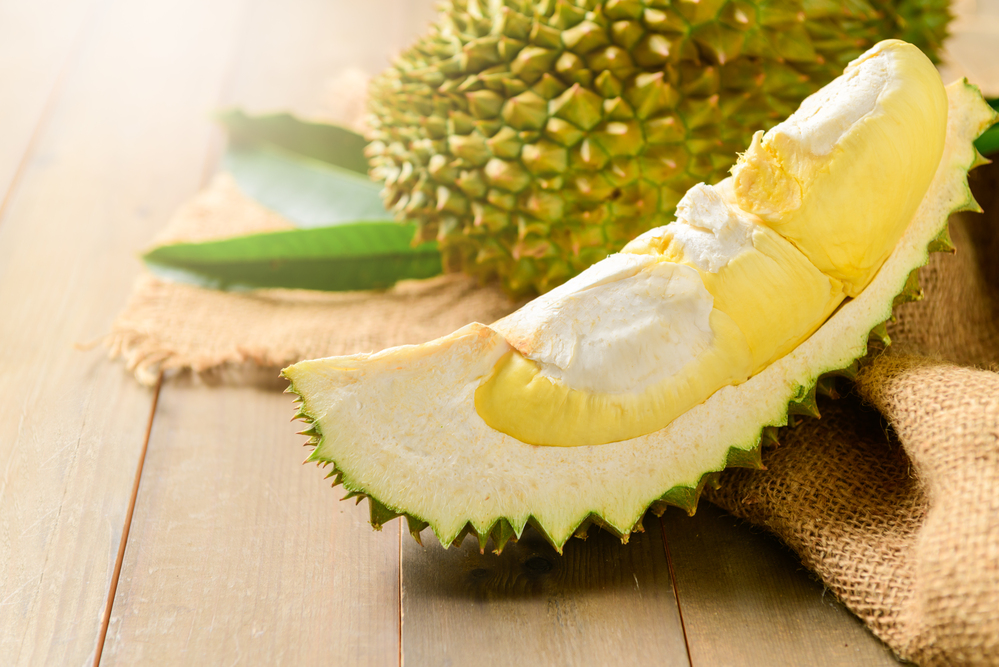
Durian is known as the “king of fruits” in Southeast Asia, but its strong odor and taste can be overwhelming. The smell is often described as rotting onions or sewage, which puts many people off. Those who eat durian often do so out of curiosity or to appear adventurous. Its flavor is an acquired taste that not everyone enjoys.
Black Licorice
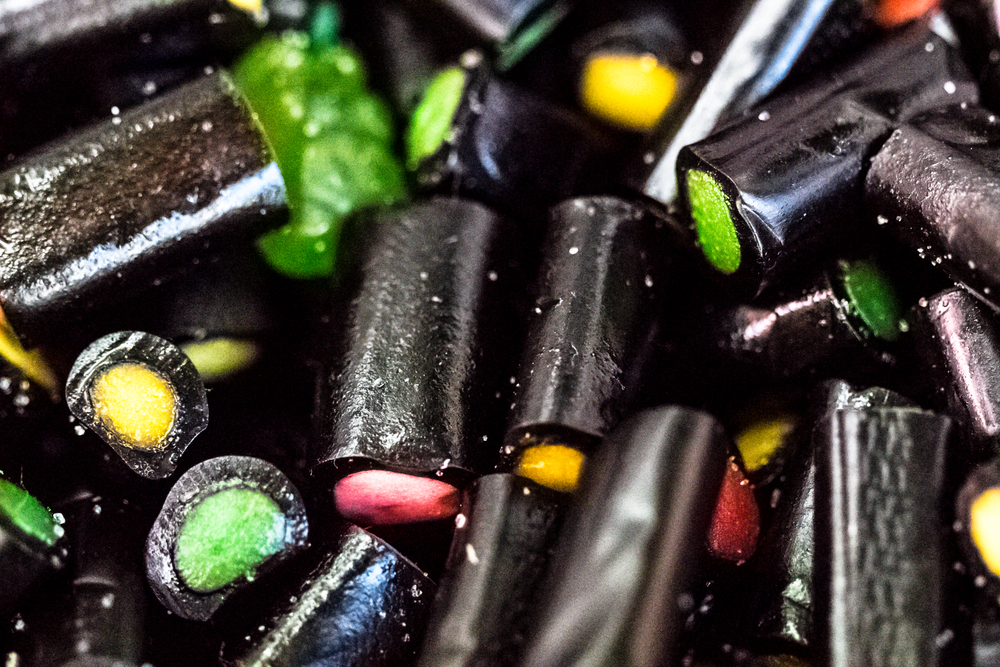
Black licorice has a distinctive, strong flavor that can be very polarizing. Many people dislike its anise-like taste but will still eat it because it’s considered a classic candy. It’s often more about nostalgia or tradition than actual enjoyment. Black licorice is a divisive treat that not everyone pretends to like.
Matcha
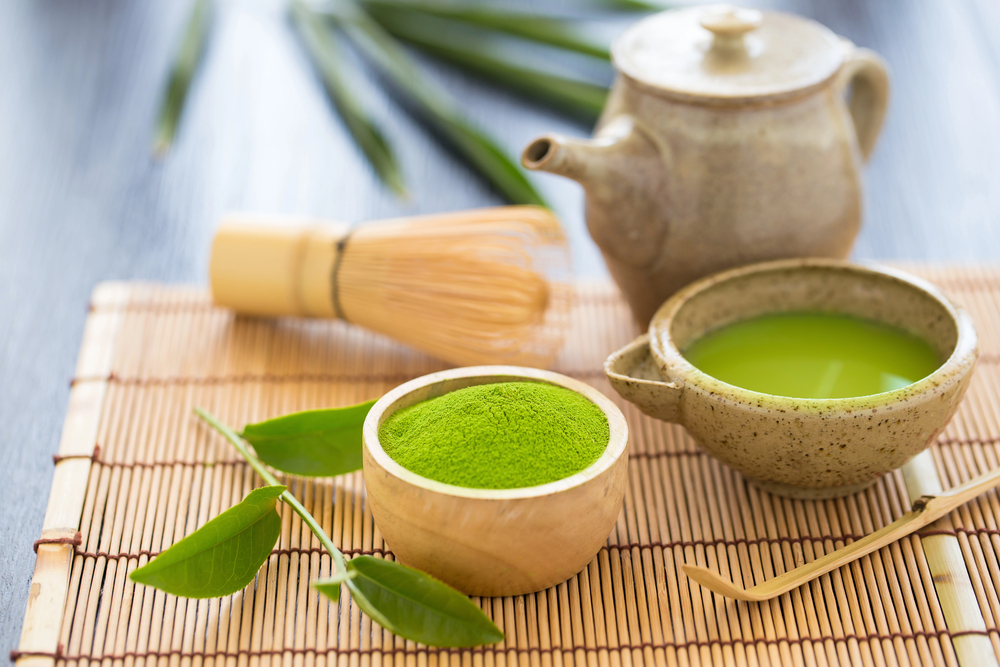
Matcha, a powdered green tea, is celebrated for its health benefits and unique flavor. However, its earthy, sometimes bitter taste isn’t for everyone. People often drink matcha for its supposed wellness properties rather than its flavor. The vibrant green color is more appealing than the taste itself for many.
Oysters
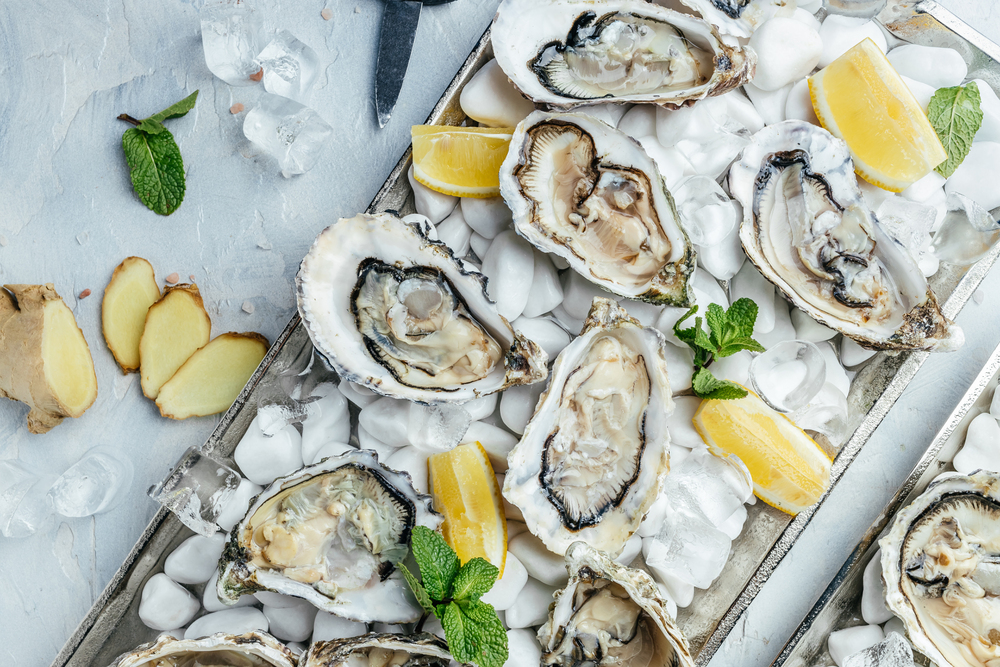
Oysters are a delicacy that many people pretend to enjoy for their aphrodisiac qualities and social status. Their slimy texture and briny flavor can be off-putting to many. Despite this, oysters are often consumed at fancy events to appear sophisticated. They’re more about the experience than the actual taste.
Acai
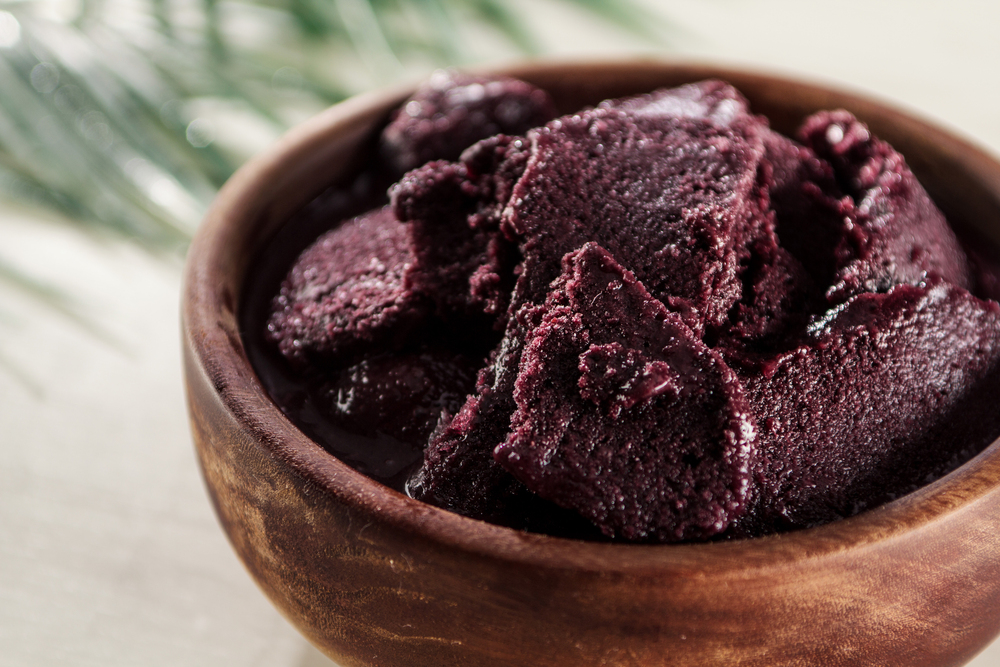
Acai bowls have become a popular health food trend, but the berries themselves are often quite bland. The toppings, like granola and honey, are what make acai bowls enjoyable. Many people eat acai for its supposed superfood status rather than its flavor. It’s more about the health halo than the taste.
Kombucha

Kombucha, a fermented tea, is praised for its probiotics and health benefits. However, its tangy, vinegar-like taste can be hard to enjoy. Many people drink kombucha for its health claims rather than because they like the flavor. It’s often more about the perceived health benefits than the actual taste experience.
Wheatgrass
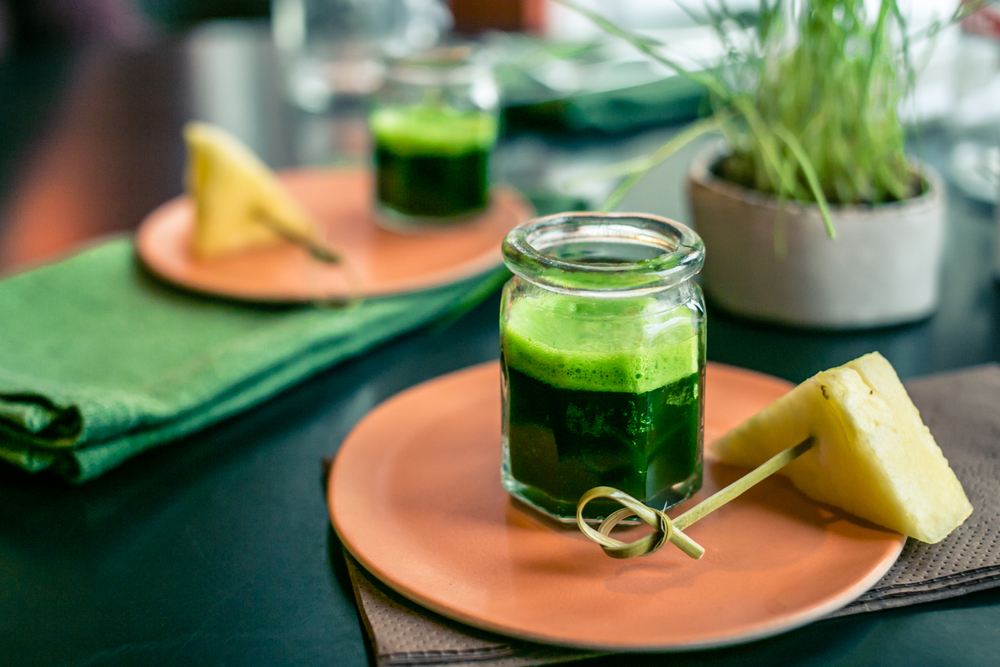
Wheatgrass shots are a staple in many health food stores, known for their concentrated nutrients. However, the taste is often compared to freshly cut grass, which isn’t pleasant for most people. People consume wheatgrass more for its supposed detoxifying properties than its flavor. It’s a health trend that many endure rather than enjoy.
This article originally appeared on RetailShout.
More From RetailShout
14 Delicious Trader Joe’s Appetizers for Your Next Party

Planning a party can be a blast, but finding the perfect appetizers to wow your guests? That’s where it gets tricky. Luckily, Trader Joe’s is a goldmine for crowd-pleasing snacks that are both delicious and easy to serve. Read More.
6 New and 10 Returning Items Of The Week At Trader Joe’s (10/14 – 10/21)

Another week, another set of exciting new and returning items at Trader Joe’s! From seasonal favorites to fresh finds, this week’s lineup has something for everyone. Read More.
9 ALDI Bargains Under $4 You’ll Want to Stock Up On
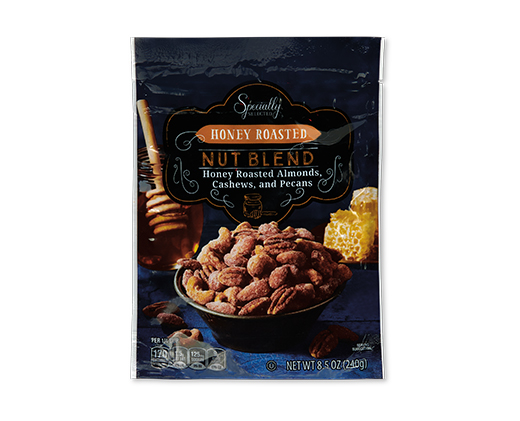
At Aldi, you can find some incredible deals that don’t just save you money but also bring a little extra joy to your pantry. These under-$4 gems are the kind of treats you’ll want to grab while they’re on the shelves. Read More.





